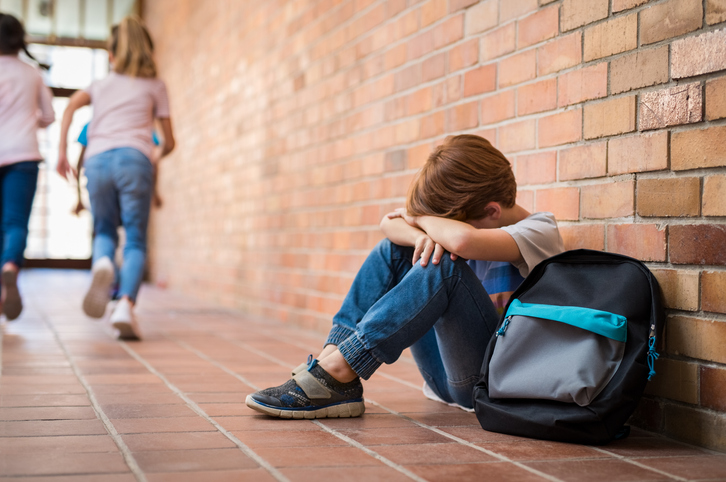Bullying in schools and social groups – including depersonalized social media platforms – seems to be rampant and still escalating. And in the strange, circular thought process of motherhood, I’ve inevitably brought it back to my kids: how can I be sure they aren’t the victims of bullying? Would they step in for someone who was being bullied? Have I taught them how important it is not to be a bully? What would it be like if they could live in a society without bullies or mean girls or trolls? What if the hurting and anxious and depressed among us were more often met with kindness than cruelty? How might that impact the world around us?
I’m not a psychologist. As an intensivist, I tend to see the tragic end result of things rather than their more subtle or insidious beginnings. In fact, at the beginning of the COVID-19 pandemic, one of my hopes for a silver lining was that when people saw the intensive care unit up close and unwelcome, they would begin to take more seriously the self-care steps needed to keep themselves out of one if they could. It hasn’t exactly turned out that way, but I haven’t completely given up hope yet. So, in that spirit, here is what I’ve found out about helping your kid become a positive force against the destructive effects of bullying.
Strategies for your child to stand up to a bully or intervene when someone else is being bullied.
Kids need to understand that they have the power to stand up for themselves and others – to ensure that neither their physical nor their emotional safety is threatened. What they need in order to do that effectively – without escalating the conflict in counterproductive ways – is a tool kit that works for them. This will differ for each kid, and it’s best to talk through strategies that feel like a good fit for their personality in advance or at the first sign that something might be developing. It might be as simple as responding to a bully with a firm “Stop it” or “That’s not cool” and walking away (with the bullied kid, if your kid is stepping in to defend them). Maybe your kid is good at using humor to change the tone of a situation, or changing the subject, or creating a distraction (“Hey, is that our teacher over there?”). Maybe your kid is willing to just stand beside the bullied kid to show them they aren’t alone. Perhaps they missed a chance at the moment. But it’s not too late to reach out to the bullied kid and let them know you saw what happened and they didn’t deserve it. And of course, kids should know how to get a responsible adult involved to stop the bullying behavior. This might be especially important for a kid who observed the bullying rather than experienced it directly since bullied kids are very often made to feel that the bullying will only get worse if they tell someone. Practice makes perfect, so you may want to run through the tools with your kid a few times before expecting them to put them into use.
Make sure your kid isn’t the bully.
This might be the least discussed but clearly the most effective way to eliminate bullying from our kids’ lives. If every kid knew not to be a bully, there wouldn’t be a need to stand up for bullied kids. Again, with the undying hopes! Here’s my approach to this issue for my kids. First, we know that many kids are bullied or made to feel powerless in their own lives before they ever become bullies themselves. So, we try to avoid arbitrary exertions of parental power – good rules have reasons – and we try to emphasize good character at least as much as we do childhood accomplishments. An act of kindness or sympathy is noted and praised as much as a great report card or a home run. We talk a lot about boundaries – about how everyone gets to make decisions about their bodies ranging from the right not to be hit or kicked to the right to choose not to give a hug or be tickled. We try to teach that we are better for our differences than if we were all exactly alike. And we try to help our kids imagine themselves in someone else’s shoes (“How do you think you would feel if…?”). Most importantly, we try to role model kindness and respect in our own lives and words. We know that our example speaks louder to them than anything we say.
There is a lot of other information out there and from people far more qualified than me to give advice. My hope today is to re-emphasize how important this issue is and give you a starting point for dealing with it for your kids.
If you are interested in learning more, here are some resources: www.stopbullying.gov, “Bullying: It’s Not OK” by the American Academy of Pediatrics, and “23 Must-Read Anti-Bullying Books for Kids”. Good luck!






Comments